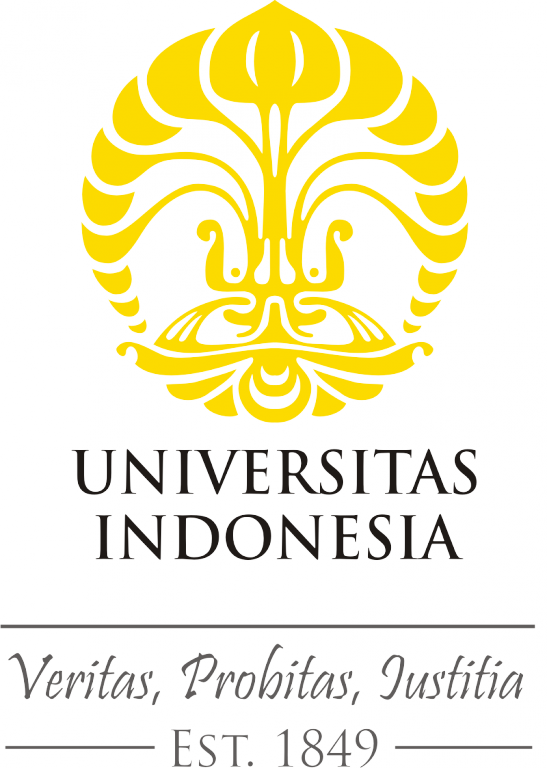
Library Automation and Digital Archive
LONTAR
Fakultas Ilmu KomputerUniversitas Indonesia


| Call Number | SEM - 359 |
| Collection Type | Indeks Artikel prosiding/Sem |
| Title | ARIES/IM: An efficient and high concurrency index management method using write-ahead logging (hal 371 - 382) |
| Author | C.Mohan , Frank Levine; |
| Publisher | Proceedings of the 1992 acm sigmod international conference on management of data san diego,carlifonia june 2-5,1992 |
| Subject | |
| Location |
| Nomor Panggil | ID Koleksi | Status |
|---|---|---|
| SEM - 359 | TERSEDIA |